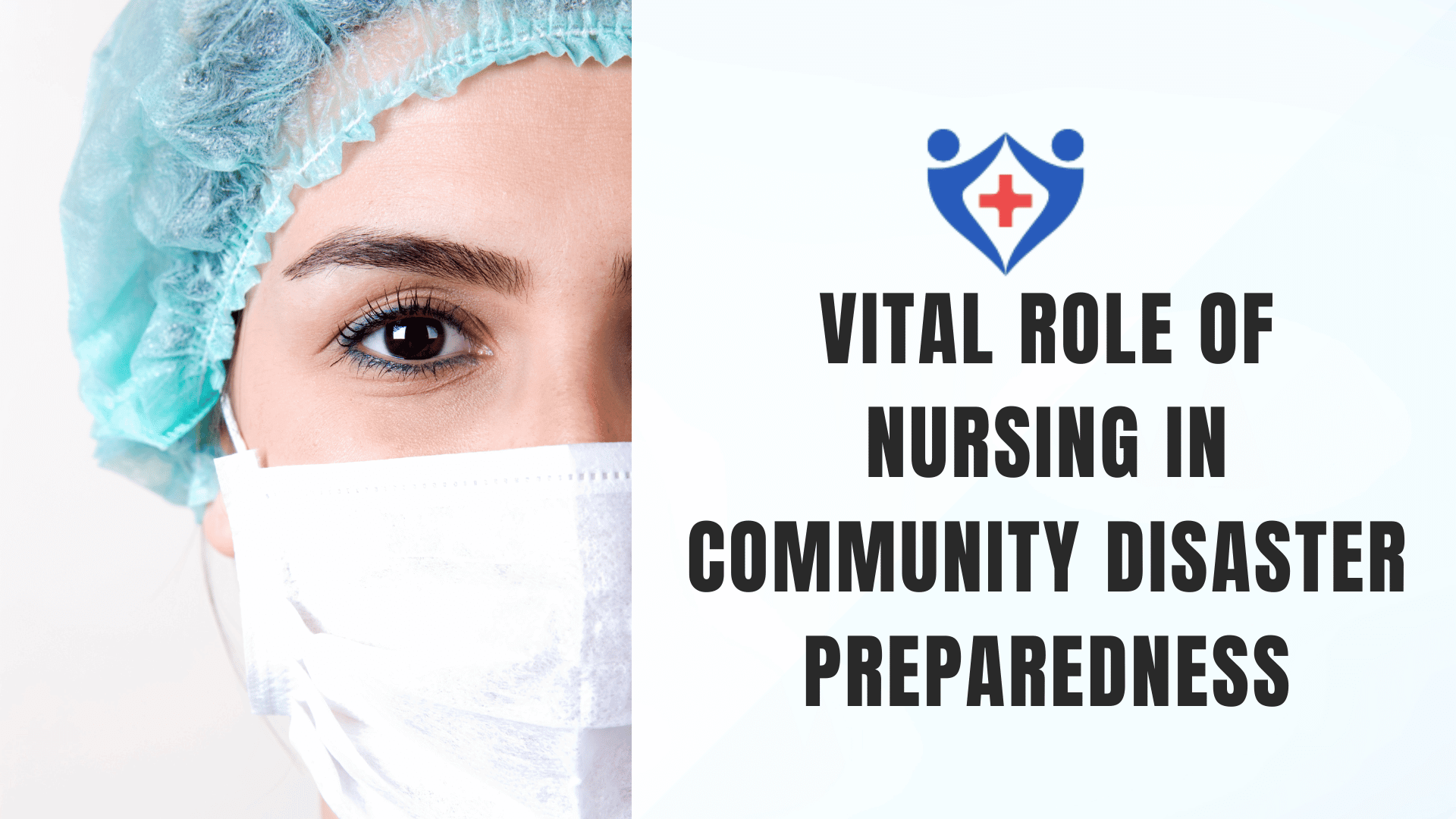In times of crisis and calamity, communities rely heavily on their healthcare infrastructure to provide essential services and support. Among the frontline responders, nurses play a pivotal role in ensuring the resilience and preparedness of communities facing disasters. From natural disasters to pandemics, nurses are at the forefront, providing critical care, education, and support to mitigate the impact on public health. This article delves into the significance of nursing in community disaster preparedness, highlighting their indispensable contributions and the strategies employed to enhance readiness.
Understanding Community Disaster Preparedness
Before delving into the role of nursing, it’s imperative to grasp the concept of community disaster preparedness. Essentially, it encompasses a range of measures and strategies aimed at minimizing the adverse effects of disasters on individuals, families, and communities. Preparedness involves a multifaceted approach, including risk assessment, planning, training, and collaboration among various stakeholders. It emphasizes the importance of proactive measures to enhance resilience and response capabilities in the face of emergencies.
Hurricane Preparedness in Coastal Communities
| Community Outreach Initiatives | Key Outcomes |
|---|---|
| Conducting educational workshops on hurricane preparedness and evacuation procedures | Increased community awareness and compliance with evacuation orders |
| Establishing mobile medical units to provide emergency care and support in evacuation shelters | Enhanced access to healthcare services for displaced individuals |
| Collaborating with local authorities to develop evacuation plans tailored to vulnerable populations, such as the elderly and individuals with disabilities | Improved inclusivity and accessibility in disaster response efforts |
The Crucial Role of Nursing
- Emergency Response and Triage ManagementIn disaster situations, such as earthquakes, hurricanes, or mass casualty incidents, nurses are often the first healthcare professionals on the scene. Their expertise in emergency response and triage management is invaluable in prioritizing care based on the severity of injuries and medical needs. Nurses assess and stabilize patients, administer life-saving interventions, and coordinate with other healthcare providers to ensure seamless care delivery.
- Public Health Education and OutreachNursing professionals play a vital role in disseminating essential public health information before, during, and after disasters. Through community outreach programs, educational campaigns, and media communication, nurses educate the public about disaster preparedness, evacuation procedures, and preventive measures. By empowering individuals with knowledge and resources, nurses contribute significantly to community resilience and risk reduction.
- Collaborative Care CoordinationEffective disaster preparedness requires close collaboration and coordination among various healthcare entities, government agencies, and community organizations. Nurses serve as key facilitators in interdisciplinary teams, advocating for patient needs, sharing expertise, and mobilizing resources. Their ability to adapt to dynamic situations and work collaboratively ensures a cohesive response that maximizes patient outcomes and community support.
Strategies for Enhancing Nursing’s Role in Disaster Preparedness
- Training and Skill DevelopmentInvesting in comprehensive training and skill development programs is essential to equip nurses with the knowledge and competencies required for effective disaster response. Specialized training in emergency nursing, disaster triage, crisis communication, and psychological first aid prepares nurses to navigate complex scenarios with confidence and competence.
- Integration of TechnologyLeveraging technology can enhance nursing’s role in disaster preparedness by improving communication, data management, and resource allocation. Electronic health records (EHRs), telemedicine platforms, and mobile applications facilitate real-time information sharing and remote consultation, enabling nurses to deliver timely and coordinated care, even in resource-constrained environments.
- Community Engagement and PartnershipsBuilding strong partnerships with community stakeholders, including local government agencies, non-profit organizations, and volunteer groups, strengthens nursing’s capacity to address community-specific needs and vulnerabilities. By actively engaging with diverse stakeholders, nurses can identify resources, mobilize support, and foster a culture of resilience within the community.
To illustrate the practical implications of nursing involvement in disaster preparedness, let’s examine a case study focusing on hurricane preparedness in coastal communities.
Conclusion
In conclusion, nursing plays an indispensable role in community disaster preparedness, contributing to emergency response, public health education, and collaborative care coordination. By harnessing their expertise, nurses help build resilient communities capable of effectively mitigating the impact of disasters and safeguarding public health. Through strategic investments in training, technology, and community partnerships, nursing professionals can further enhance their readiness and responsiveness, ensuring the well-being of individuals and communities in times of crisis.

